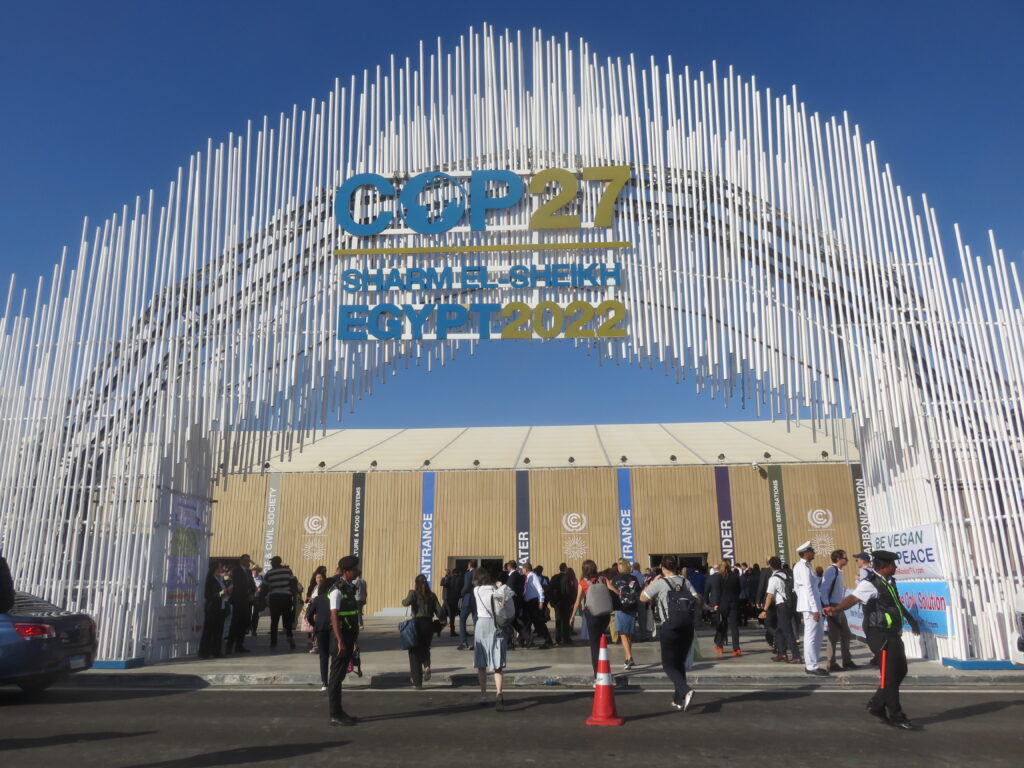Reflecting on recent events at COP27 in Egypt, David Griggs, vice president at the Royal Meteorological Society (RMetS), discusses the major takeaways for the meteorological sector from this year’s conference.

Are you a glass half full or a glass half empty person? Which you are will probably govern how you judge the outcome of COP27.
The second week of COP27 began with a lot of work to be completed. At the end of the first week, 13 issues remained outstanding from the Subsidiary Bodies alone. Usually, the second week consists of high-level speeches and meetings and continued discussions on finance. But this year, there remained a wide range of topics for negotiators to try and agree on.
Because there were many issues to be resolved, the timetable continued to slip, and each day the negotiations went further and further into the night. It ended up overrunning from its scheduled Friday evening finish to reach its final conclusion at 09:19am on Sunday after an all-night negotiating session. Having experienced the same thing in the Kyoto negotiations, I can tell you, it is no fun negotiating for 48 hours straight on the back of two weeks of very long days.
So, what were the major outcomes?
Loss and damage: The most significant achievement was getting loss and damage (where richer countries compensate poorer countries for the damage caused by climate change) onto the agenda. In the end, expectations were exceeded as an agreement was reached to set up a fund. Of course, that is only a first step; the fund has to be set up, and countries must put money in. And which countries should put money in and how much will be a major bone of contention. Nonetheless, it was a significant breakthrough.
1.5°C: There was less good news on the target to keep global warming below 1.5°C. Some countries tried to renege on this target. In the end, the text about emissions peaking before 2025 had to be removed. The text now includes a reference to “low emission and renewable energy” which some see as opening the door to greater gas exploitation. So, there is no doubt that COP27 was a step backward in its ambition to limit global warming to 1.5°C.
These are probably the two headline outcomes but as always, buried in the detail of the text are important decisions on things like adaptation, World Bank reform, biodiversity and health, among many others.
COP27 reports
Alongside major policy discussions, several key industry reports were released by leading environmental agencies and meteorological and hydrological organizations:



